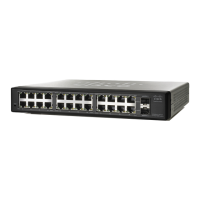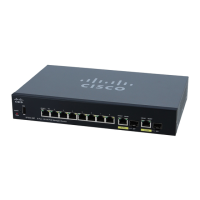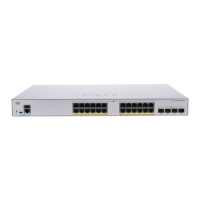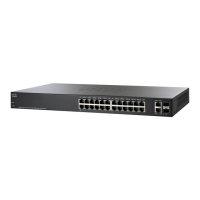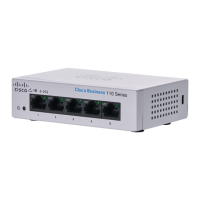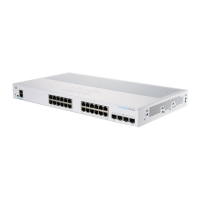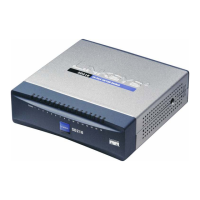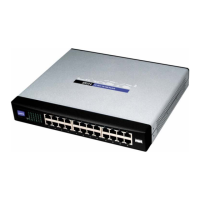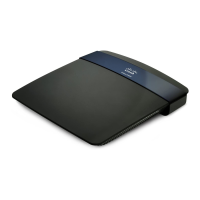Administration: Discovery
Configuring LLDP
Cisco Small Business 200 Series Smart Switch Administration Guide 95
9
Management Address
Displays the table of addresses of the local LLDP agent. Other remote managers can use this address to
obtain information related to the local device. The address consists of the following elements:
• Address Subtype—Type of management IP address that is listed in the Management Address field;
for example, IPv4.
• Address—Returned address most appropriate for management use.
• Interface Subtype—Numbering method used for defining the interface number.
• Interface Number—Specific interface associated with this management address.
MAC/PHY Details
• Auto-Negotiation Supported—Port speed auto-negotiation support status.
• Auto-Negotiation Enabled—Port speed auto-negotiation active status.
• Auto-Negotiation Advertised Capabilities—Port speed auto-negotiation capabilities; for example,
1000BASE-T half duplex mode, 100BASE-TX full duplex mode.
• Operational MAU Type—Medium Attachment Unit (MAU) type. The MAU performs physical layer
functions, including digital data conversion from the Ethernet interfaces' collision detection and bit
injection into the network; for example, 100BASE-TX full duplex mode.
802.3 Details
• 802.3 Maximum Frame Size—The maximum supported IEEE 802.3 frame size.
802.3 Link Aggregation
• Aggregation Capability—Indicates whether the interface can be aggregated.
• Aggregation Status—Indicates whether the interface is aggregated.
• Aggregation Port ID—Advertised aggregated interface ID.
802.3 Energy Efficient Ethernet (EEE) (If device supports EEE)
• Local Tx—Indicates the time (in micro seconds) that the transmitting link partner waits before it starts
transmitting data after leaving Low Power Idle (LPI mode).
• Local Rx—Indicates the time (in micro seconds) that the receiving link partner requests that the
transmitting link partner waits before transmission of data following Low Power Idle (LPI mode).
• Remote Tx Echo—Indicates the local link partner’s reflection of the remote link partner’s Tx value.
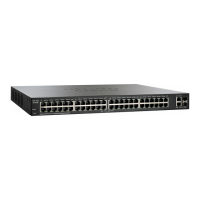
